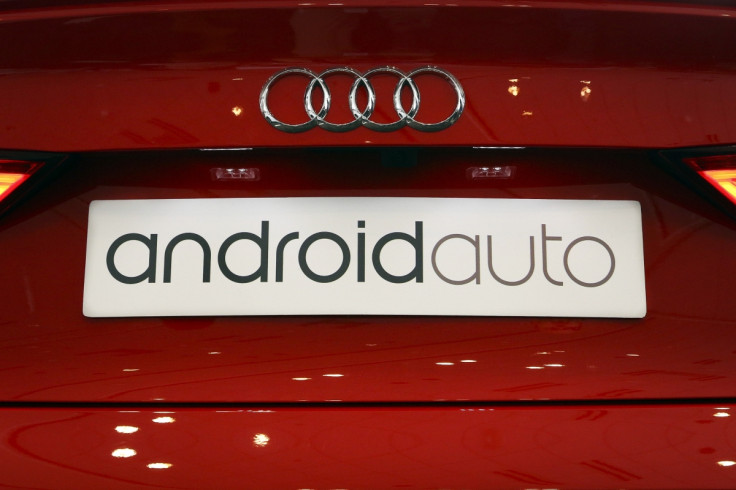Six Ways to Define The In-Car Experience For The Next Century

1916 was a pretty great year in the history of mankind. Albert Einstein's General Theory of Relativity explained the impossibility of time travel, the curvaceous Coca-Cola bottle we now take for granted was first revealed and the Detroit-based car manufacturer Cadillac introduced a car that would define the experience of every vehicle to follow it to this day – the Type 53.
It's hard to believe, but in all this time the revolution of controlling a car's accelerator, brake and clutch with your feet leaving your hands free to steer and apply the parking break when needed. The Type 53 even had a little slot just under the steering wheel to turn over the ignition.
This model for the driving experience was swiftly adopted and continues to be used almost a century later, but did the engineers at Cadillac have any idea they would be defining the standard car driving experience for the next 100 years?
Probably not, but it did prove that once you find a winning formula it can stand the test of time. What does this tell us about the current state of in-car user experience (UX)? The technology available within modern cars means that the UX appears ripe for a change and the manufacturer that is able to find the next winning formula could reap the benefits.
Understanding the ingredients for good UX
Many car manufacturers are still focused on keeping their in-car UX a closed environment that doesn't deliver what the modern driver has come to expect from the smartphone in their pocket.
Take the new Audi A7 and its £3,000 Connected MultiMedia pack, which may look wonderful in the brochure, but try connecting your iPhone for calls at the same time as using the internal SIM available in the dash for data and you'll find that it's simply not going to happen.
Quite how Audi can think to charge customers for a connected multimedia package that omits the most common use case with one of the world's most popular smartphones is astonishing.
Apple CarPlay vs Android Auto

So, where does the right solution exist? At the moment, we know that both Apple and Google are working to transfer their experiences to in-car devices, with great expectation that they will deliver the magic solution to unify, standardise and democratise a great in-car experience.
However, currently both systems suffer from the same UX drawback that they only control the infotainment areas of the car rather than the whole car experience, so it very much feels like an iPad Mini has been shoehorned into the dash rather than a unified experience.
The seeds of great integrated experiences are there, but it still feels like we're a few generations away from the optimum solution being defined and standardised. The key ingredients needed to create the next 'Type 57 moment' to bring the automotive user experience into the digital age are as follows:
- Deep integration: The entirety of the in-car UX needs to be considered as a solution rather than car control and infotainment as separate areas of interaction.
- Intelligent mobile integration: We all carry mobile devices with a variety of radio and sensors on board, and these need to be intelligently integrated into the overall experience.
- Voice control: Bit of a no brainer, but better voice control will form the primary interaction driver for future in car experiences.
- Expandable hardware: Just as there are minimum hardware specifications for Android and iOS builds, a baseline needs to be established within the automotive world to offer a standard level of experience to the end user.
- Gesture control & standard interaction models: With the use of capacitive displays, gesture controls should be used to reduce the amount of focus required to initiate a task.
- Cost: Finally, the cost of the next generation of in-car experiences needs to be based in reality and in line with our current expectations of technology pricing – if I can pick up an Android tablet that offers all the features of a current in-car media system for £100, why should it cost infinitely more within a dashboard?
All the ingredients for the perfect in-car UX are now standard for the majority of devices we carry around in our pockets or rucksacks, however, we are still waiting for the magical moment for a definitive in-car UX model to be delivered and set the standard for the future.
So, car manufacturers, please stop thinking your proprietary approach is best and look to the modern and future digital world for standard experiences, user behaviours and expectations. As the Type 57 showed, thinking about your users and delivering something that makes their experience easier could set the bar for the next 100 years of motoring.
Peter Honnor, is head of UX & Platforms at 383, a digital product and service studio focused on building useful experiences for customers.
© Copyright IBTimes 2024. All rights reserved.








